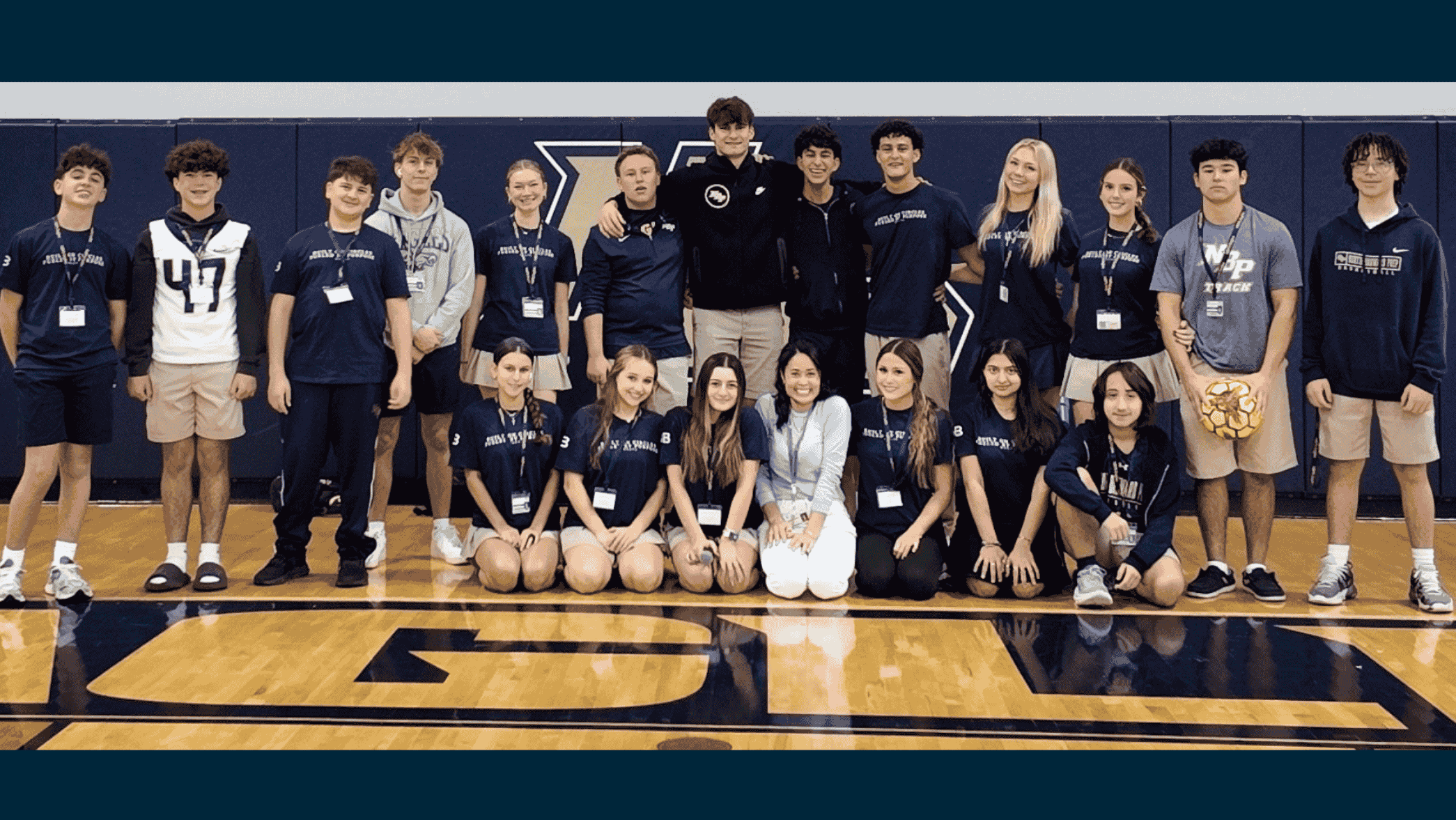Blog
 Blog | blog | Featured | homepagefeaturedarticle | news | School Updates | studentsuccess
Blog | blog | Featured | homepagefeaturedarticle | news | School Updates | studentsuccess Blog | blog | Featured | homepagefeaturedarticle | news | School Updates | studentsuccess
Blog | blog | Featured | homepagefeaturedarticle | news | School Updates | studentsuccess Blog | blog | Featured | homepagefeaturedarticle | news | School Updates | studentsuccess
Blog | blog | Featured | homepagefeaturedarticle | news | School Updates | studentsuccess.png?rev=467a7767d98148d9a0d52e0a0d52e02f&hash=3B7875FA5965E47271AC3EB7D22DFECE) Blog | blog | Featured | homepagefeaturedarticle | news | School Updates | studentsuccess
Blog | blog | Featured | homepagefeaturedarticle | news | School Updates | studentsuccess.png?rev=bfbb0ffd99a54642a6c7eacbad7c06ac&hash=44B6F19C759729E337CD19073B849B1C) Blog | blog | Featured | homepagefeaturedarticle | news | School Updates | studentsuccess
Blog | blog | Featured | homepagefeaturedarticle | news | School Updates | studentsuccess Blog | blog | Featured | homepagefeaturedarticle | news | School Updates | studentsuccess
Blog | blog | Featured | homepagefeaturedarticle | news | School Updates | studentsuccess Blog | Arts | Featured | finearts | homepagefeaturedarticle | Juilliard | School Updates | Student Work and Success | news
Blog | Arts | Featured | finearts | homepagefeaturedarticle | Juilliard | School Updates | Student Work and Success | news Blog | Arts | Featured | finearts | homepagefeaturedarticle | Juilliard | School Updates | Student Work and Success | news
Blog | Arts | Featured | finearts | homepagefeaturedarticle | Juilliard | School Updates | Student Work and Success | news Blog | Featured | news | School Blog | blog | School Updates | Student Work and Success
Blog | Featured | news | School Blog | blog | School Updates | Student Work and Success Blog | Featured | news | School Blog | blog | School Updates | Student Work and Success
Blog | Featured | news | School Blog | blog | School Updates | Student Work and Success News | studentsuccess | Student Work and Success | blog | Featured
News | studentsuccess | Student Work and Success | blog | Featured
.jpg?rev=31436cdaa9634ba6a0c00f022a288774&hash=036FA236E0BE9E514C3FA1B4EA93A563)